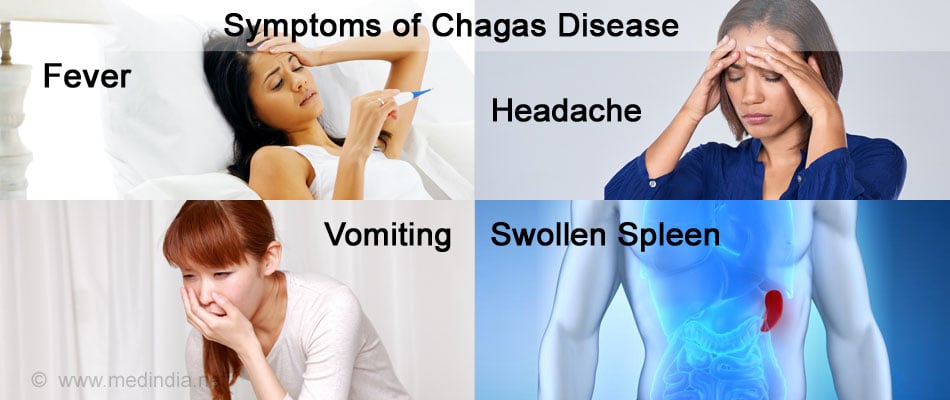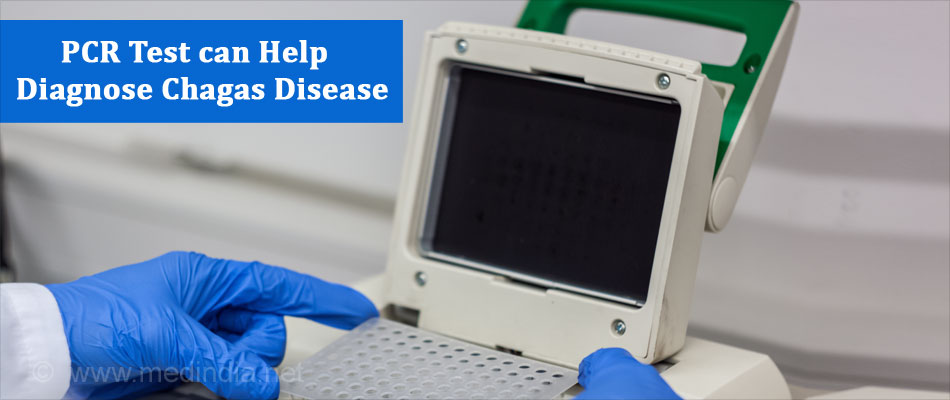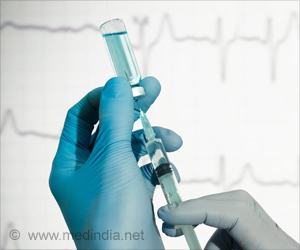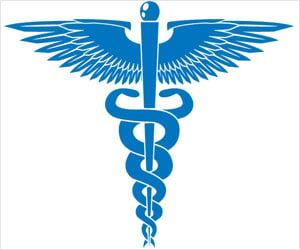- Mandal S (2014) Epidemiological Aspects of Chagas Disease - a Review. J Anc Dis Prev Rem 2:117. doi: 10.4172/2329-8731.1000117
- Hotez PJ, Dumonteil E, Woc-Colburn L, Serpa JA, Bezek S, Edwards MS, et al. (2012) Chagas Disease: “The New HIV/AIDS of the Americas”. PLoS Negl Trop Dis 6(5): e1498. doi:10.1371/journal.pntd.0001498
- Dumonteil E, Herrera C, Martini L, Grijalva MJ, Guevara AG, Costales JA, et al. (2016) Chagas Disease Has Not Been Controlled in Ecuador. PLoS ONE 11(6): e0158145. doi:10.1371/journal.pone.0158145
- Hotez PJ, Dumonteil E, Betancourt Cravioto M, Bottazzi ME, Tapia-Conyer R, Meymandi S, et al. (2013) An Unfolding Tragedy of Chagas Disease in North America. PLoS Negl Trop Dis 7(10): e2300. doi:10.1371/journal.pntd.0002300
What is Chagas Disease?
Chagas disease is parasitic disease caused by the parasite Trypanosoma cruzi. It is a vector-borne disease spread by the insect called triatomine bug. It is called Chagas disease since it was first described by the Brazilian physician, Carlos R. J. Chagas in the year 1909. It is also called American trypanosomiasis, since it is present mainly in Central and South America, and Mexico. However, globalization has ensured that cases have been found in several other parts of the world as well.

What are the Causes of Chagas Disease?
As mentioned above, the parasite Trypanosoma cruzi causes Chagas disease. The parasite is also present in animals like monkeys, racoons, armadillos, opossums as well as domestic dogs and cats. It is spread by the triatomine bug. The triatomine bug is also called the kissing bug since it usually tends to bite the face.
How is Chagas Disease Transmitted?
The triatomine gets infected with the parasite while feeding on infected persons or animals. It hides in the crevices of roofs and walls of houses made of mud or with thatched roofs. While the inhabitants of the house are asleep at night, the bug comes out of its hiding place, bites the person’s face and lays infected feces. The parasite then enters the blood through the broken skin or mucous membranes.
Chagas disease also spreads through:
- Blood transfusion and organ transplantation from the donor to the recipient
- Mother-to-baby. Around 1 to 10 % babies may acquire the infection from infected mothers. The infection usually does not pass through breast milk unless the nipple is cracked and bleeds
- Eating contaminated food
- Rarely, from exposure in the laboratory
People at risk in endemic areas include:
- Those living in low socio-economic conditions
- Those living in mud houses with thatched roofs
What are the Symptoms and Signs of Chagas Disease?
In the initial period and sometimes even later, the infected person does not suffer from any symptoms.
The acute phase occurs a few days after the infection. Symptoms and signs include:
- Fever
- Fatigue. body ache, headache
- Loss of appetite, diarrhea vomiting
- Mild swelling of liver, spleen and lymph nodes
- Swelling at the site where the bug feces were deposited. This swelling is called chagoma
- Swelling around the eye when the feces enters the eye through the conjunctiva. This is referred to as Romaña's sign

Most of the above symptoms subside in a few weeks or months without treatment. Young children and people with reduced immunity can suffer from complications like myocarditis (inflammation of the heart muscle) or meningoencephalitis (inflammation of the brain and its surrounding membranes).
Even if symptoms subside, the infection persists into the chronic phase if the patient has not received any treatment. The chronic phase may extend from years to decades. In the chronic phase, the patient may be free from symptoms or may suffer complications to the following organs:
- Heart: Enlarged heart (cardiomyopathy) heart failure, altered heart rate or rhythm, cardiac arrest, stroke
- Digestive tract: Enlarged or dilated food pipe which results in difficulty with swallowing and aspiration of contents into the lungs, dilated colon which makes passing stools difficult
How do you Diagnose Chagas Disease?
Chagas disease is diagnosed based on:
- The medical history of the patient
- The geographical location of the person gives important clues to diagnose whether a person is suffering from Chagas disease.
- Physical examination, which may reveal the presence of a chagoma or Romaña's sign. Other non-specific signs mentioned above may also be present
- Blood tests used to diagnose Chagas disease include the following:
- A blood smear examined under a microscope may be able to detect the parasite in the blood
- A Polymerase Chain Reaction (PCR) test may be used to detect the parasite DNA in the acute phase, to detect mother-to-child transmission, and for transplantation-associated infections and re-activations

- Serological tests that detect antibodies against the parasite. It has been suggested that the patient should be positive in at least two serological tests to confirm the presence of the disease
If Chagas disease is confirmed, an ECG and 24 hour cardiac monitoring is usually advised to ensure that the heart is not affected.
How do you Treat Chagas Disease?
- Those already suffering from cardiac or digestive tract complications are currently not advised treatment. Pregnant women, and people with liver or kidney disease should also not take these medications. Nifurtimox should not be given to those with brain-related or psychological disorders.
- The anti-parasite medications nifurtimox and benznidazole are used in the treatment of Chagas disease. Since they are not yet approved by the FDA, they are available through the CDC in the United States. People who have recently acquired the disease have a better chance of responding to the treatment.
- Treatment of Chagas disease involves killing the parasite with medications and treating the symptoms.

- Further studies are required to understand which patients will benefit with one of these medications and in whom they will not be required.
- Complications related to the heart like heart failure and irregular heartbeat, and the digestive tract like dilated food pipe and colon will require specialized care. Surgery may be required in some cases. For example, patients with cardiac complications may require a heart pacemaker, or in severe cardiac damage, even heart transplant. Surgical treatment is also often required for advanced digestive tract disorder.
How do you Prevent Chagas Disease?
If you live in a region that is endemic for Chagas disease or travel to those regions, the only way to prevent the infection is by taking measures to prevent bite by the triatomine bug. These measures include:
- Do not sleep outdoors or in mud houses or huts. Patch up the cracks in the house. Use screens for doors and windows
- Cover your body well while sleeping, and apply insect repellant to exposed parts of the body especially the face. Use bed nets and curtains that are impregnated with insecticides. Also use insecticides to kill bugs around your house
- Keep your pets indoors especially at night
Blood for blood transfusion especially in endemic areas should also be screened for Chagas disease
Local authorities should increase awareness among individuals staying in endemic areas and treating physicians to help to control the infection.
What is the Prognosis of Chagas Disease?
The overall prognosis or outcome of Chagas disease is good since many people infected with the parasite do not suffer from any symptoms. The prognosis can be poor in case complications arise.
 MEDINDIA
MEDINDIA

 Email
Email







